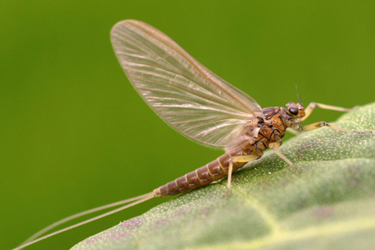Turning Reclaimed Water Into Wildlife: How Tucson Saved The Santa Cruz River (Twice)

Most treated wastewater is pumped back into a body of water once it meets certain environmental standards. In Arizona, wastewater effluent (a.k.a. reclaimed water) is being used to restore the once-dry Santa Cruz River, breathing new life into the ecosystem and allowing struggling freshwater species to thrive. A recent study in the journal Restoration Ecology tracked how the effluent brought life back to a dying region and offers hope for how such results could be duplicated in the future.
The experiment began when the city of Pima County upgraded its wastewater treatment process to produce clean water suitable for disposal into the environment. The decision was made then to discharge the effluent into the Santa Cruz River, which had been dry for more than 100 years due groundwater pumping. Researchers discovered over a two-year period that large invertebrates, including dragonflies and mayflies, almost immediately flourished after the initial flow was restored and channels were dredged.
Get unlimited access to:
Enter your credentials below to log in. Not yet a member of Water Online? Subscribe today.
